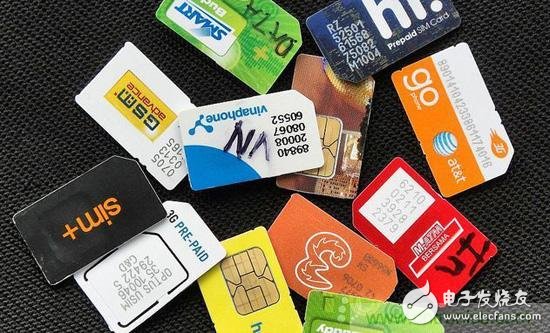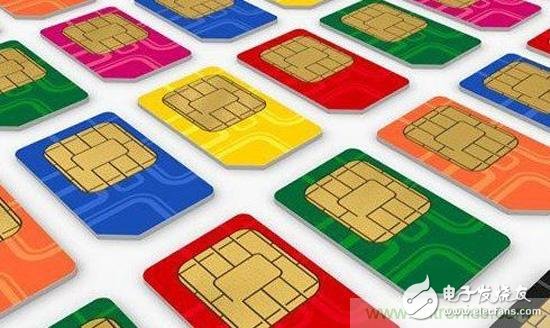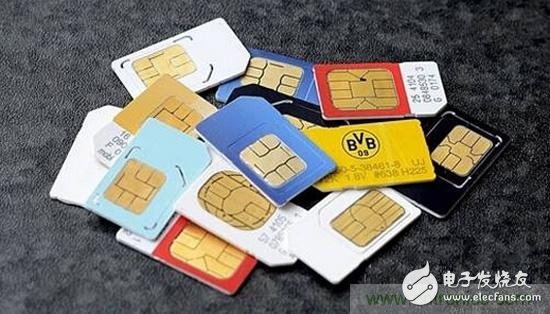Currently, this standard does not apply to smartphones, mainly for smart watches, fitness trackers and tablets. However, the GSM Association said that the eSIM specification for smartphones and other mobile devices has also been confirmed to be released in June 2016.   
This is an important milestone, which will make the operators' days more difficult while making users more convenient. The term "SIM" stands for "subscriber idenTIty module", which is the "user identity module". Its main function is to identify the identity and store data when the user conducts network communication.   
In recent years, in order to meet the requirements of smaller mobile phone space, SIM cards have also experienced the evolution of ID1 (as large as a bank card), full-size SIM, Mini-SIM, Micro-SIM, Nano-SIM, and the more evolutionary cycle The shorter it is.   
Now, eSIM will embed the above functions into the hardware in software, thus completely eliminating the physical SIM card. Research firm Smart In sights predicts that by 2020, there will be 3.46 billion to 8.64 billion eSIM-equipped devices shipped; in the next 10 years, traditional physical SIM cards will reduce shipments by at least 16%. This means that the future eSIM will be unstoppable.

First, the changes it will bring to users are:
1. More convenient:
The phone will be thinner and lighter, the smart device will be lighter, and there is no longer a need to manually install the SIM card. Consumers can get rid of the SIM card restrictions, and can switch to different operators at any time according to environmental factors such as the quality of the network signal and the difference in tariffs.  
For users with multiple mobile numbers, multi-number management will be easier. The SIM card slot is easy to get into the dust, the severe vibration causes poor contact, and the Internet of Things deployment is especially difficult, and eSIM does not have this concern. It is easier to build an IoT network across multiple carriers.   
For example, a car, sales, distribution, distribution and use may involve different countries. If it is to manufacture communication modules in country A, assemble in country B, sell to country C, users will open it in country D, country E, F country multinational self-driving tour, eSIM is more convenient than locking a physical SIM card of an operator.   
2, cost savings:   
Traditional SIM cards limit the space and design of the device, and increase the process difficulty and manufacturing cost of the device. eSIM can no longer worry about these problems.
Since consumers can easily switch between different operators, the traditional package pricing method will be invalid. There are rumors that there are already companies developing mobile apps, which can automatically help mobile phone users switch to carrier networks according to network speed and tariffs. When traveling abroad, users can simply activate local carrier services with one click instead of communicating with expensive international roaming.  
3. More security:  
The security information contained in the eSIM card can be used to help companies authenticate to the private network. Security protection such as remote management, retrieval and deletion of mobile data is easier.

Second, but this incident also makes the operator a headache
All along, eSIM has been resisted by some operators, because the disappearance of this physical SIM card, cut off the threshold of the operators to operate for many years. However, the eSIM card is indeed the trend, it is the inevitable path of the future Internet of Things and wearable devices.
Most critically, end equipment vendors have been firmly supporting eSIM. Especially Apple, the ambition to eliminate the SIM card for many years is not dead. When the iPad Air2 was launched in 2014, the AppleSIM card was built in, which made some operators very unhappy. For example, Verizon in the United States did not appear on the list of AppleSIM cooperative operators.  
Many people even believe that in September this year, Apple may officially launch the wave of popularization of eSIM cards with the iPhone7. In addition, Samsung is also actively working on eSIM cards, Samsung GearS2 has now become the first smart watch to support eSIM. In the long run, when eSIM will become the standard for smartphones, operators will be hit by at least:   
1. The original SIM card procurement and supply model will be changed from operator-led to terminal-oriented. The key links for testing and certification of eSIM products may also become responsible for professional and independent third-party organizations.  
2. The terminal business will gradually dominate the eSIM-based multi-application (mainly security and identity authentication) voice. The operator's subscriber number system may be diverted or even subverted by a more unified eSIM numbering system.
3. The original SIM card-based value-added services of the operators will disappear, including the SIM card-based NFC payment services that have not yet reached the mass media, and will be dead;  
4. The original business processes related to the SIM card of the operator, including the business process of opening the card and selling the card, will be completely changed, and the contact with the user will encounter an impact.  
5, operators need to face more intense price competition, and provide more services or pay, in order to avoid users switching to competitors' networks at any time.  

Third, the impact of other industry chains brought by eSIM:  
1. Completely change the business model of SIM card vendors. In the long run, physical SIM card manufacturing, packaging companies, and more suppliers in the upstream and downstream will face a sustained blow.  
2. eSIM will create new opportunities for equipment manufacturers, virtual operators and even Internet vendors, and pick up another piece of meat from operators.
DADNCELL 1.5V AAA alkaline batteries are more suitable for
long-lasting continuous discharge and high-performance power consumption
equipment because of their unique internal component structure, coupled with
better battery materials, improved power capacity and electrical performance,
and the same model of DADNCELL 1.5V AAA alkaline cell capacity and discharge time, Alkaline
battery capacity and discharge time are 4-7 times that of ordinary batteries,
and the gap in power discharge performance at high and low temperature is even
wider.
At present, all types of cells developed by DADNCELL Labs do not involve any
heavy metals in production, are green and can be disposed of with domestic
waste.
DADNCELL 1.5V AAA battery advocates a more comfortable and smooth
power supply experience for household appliances. Alkaline zinc-manganese dry
battery series is suitable for various common household electronic equipment
instruments such as smart door locks, infrared thermometers, cameras, flash
lights, razors, electric toys, instruments, high-power remote controls,
Bluetooth wireless mouse keyboards, etc.
1.5V Aaa Alkaline Battery,1.5V Alkaline Battery For Cameras,Lr03 Zinc-Manganese Cells For Electronic Product,Electronic Equipment Am-4 1.5V Battery
Shandong Huachuang Times Optoelectronics Technology Co., Ltd. , https://www.dadncell.com